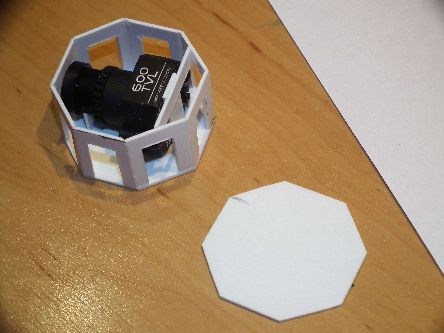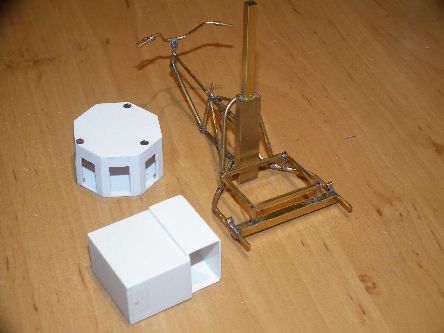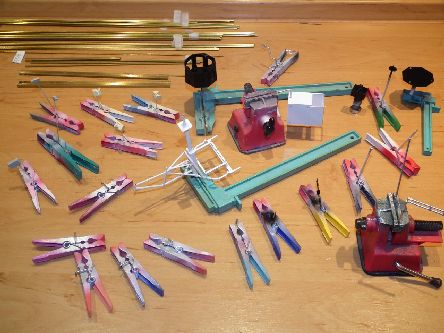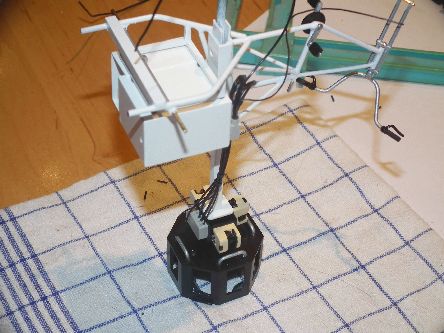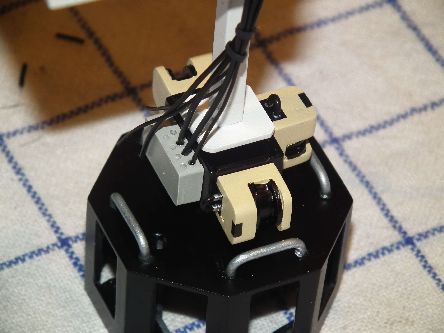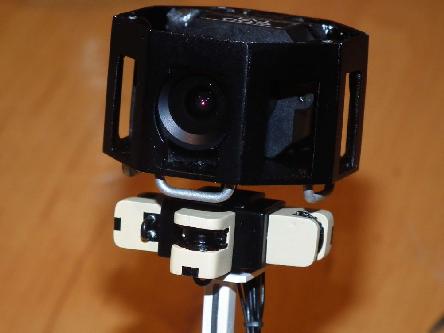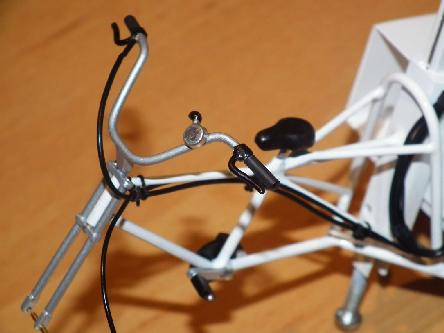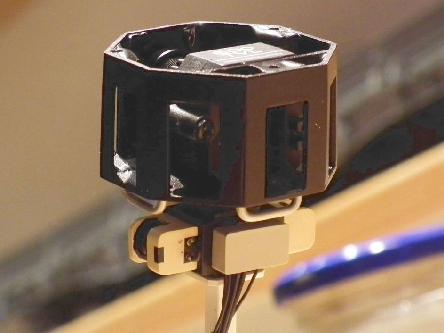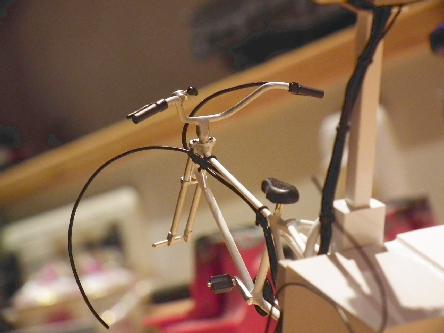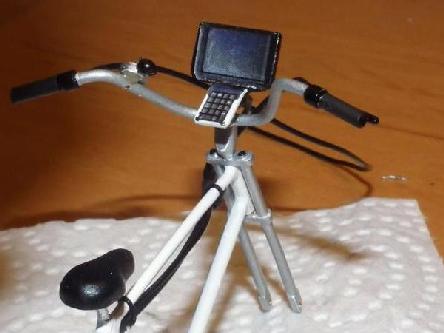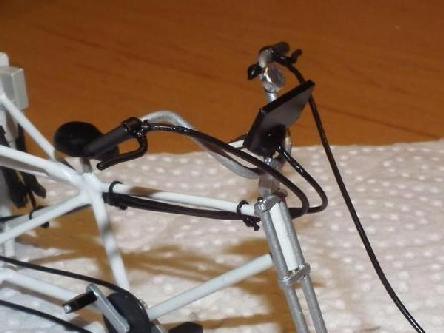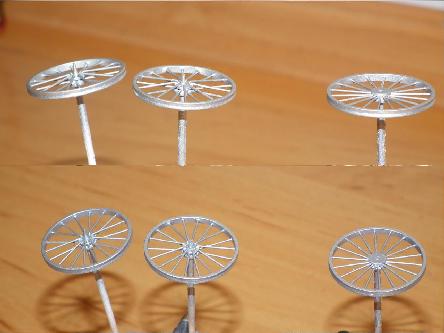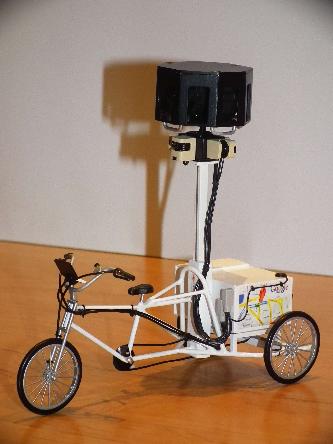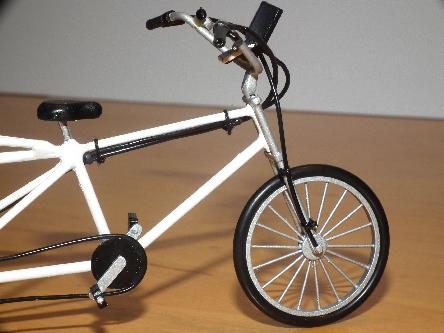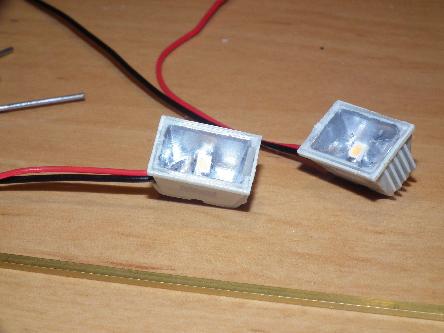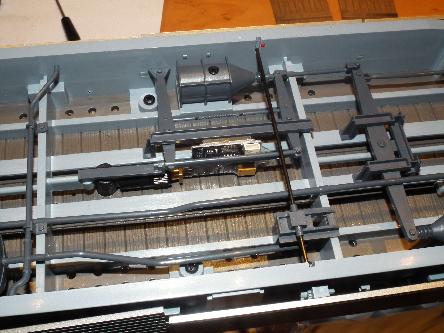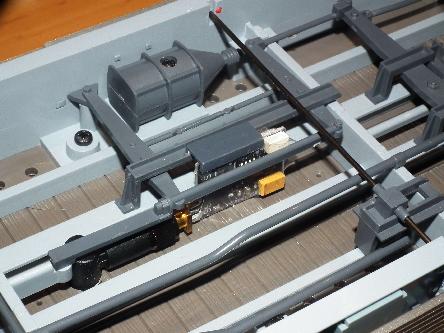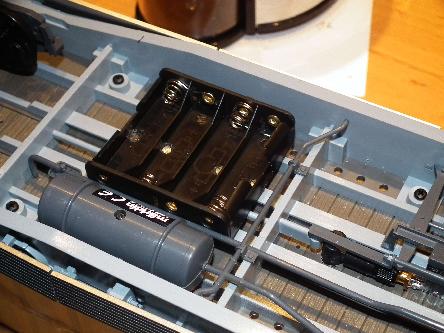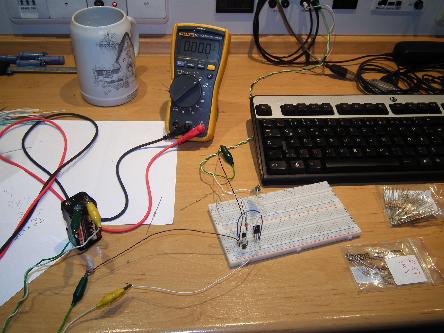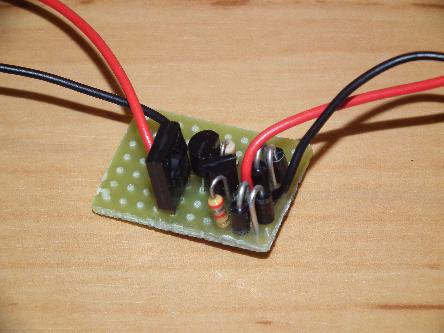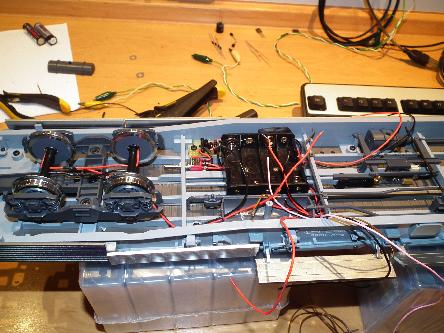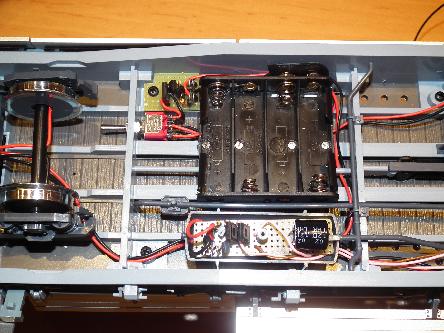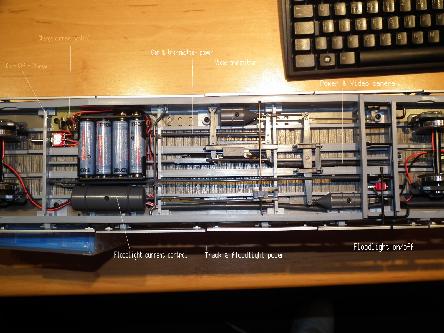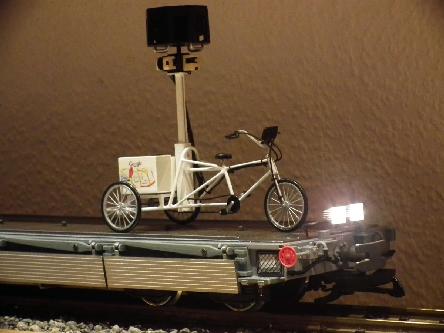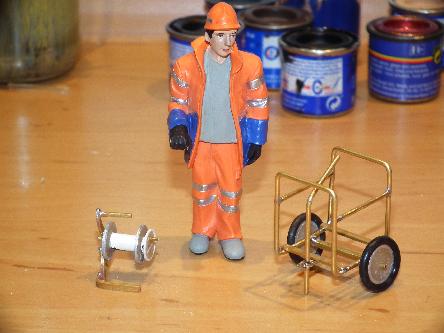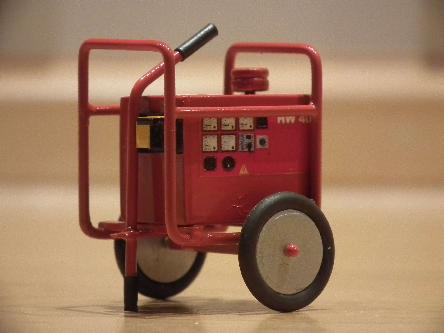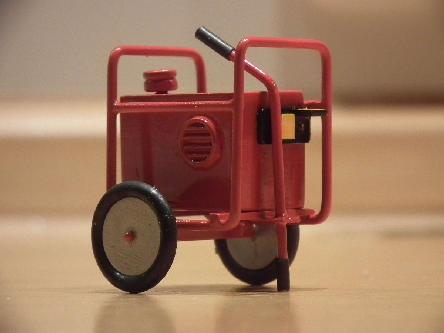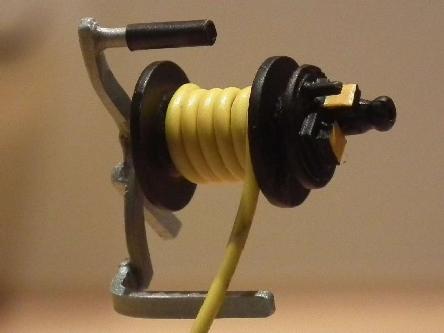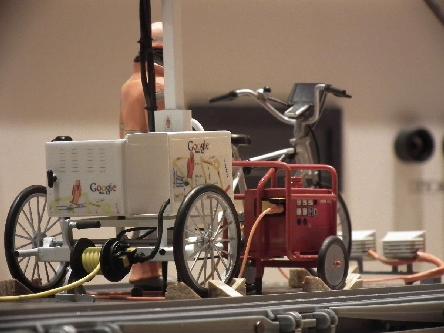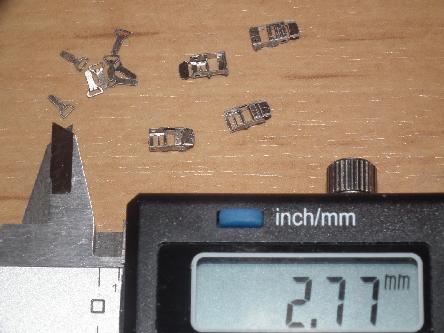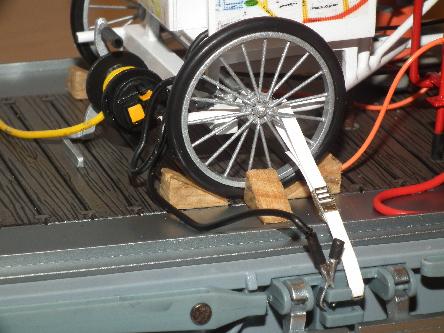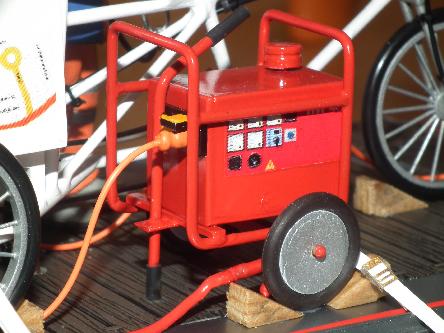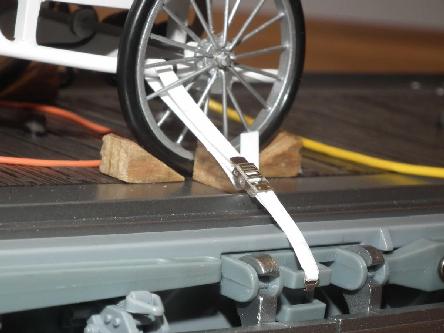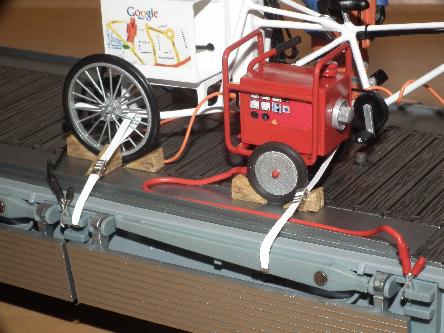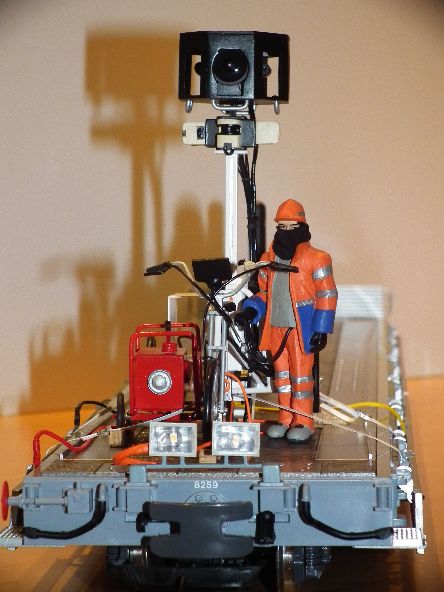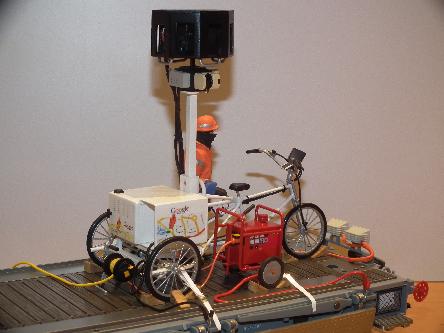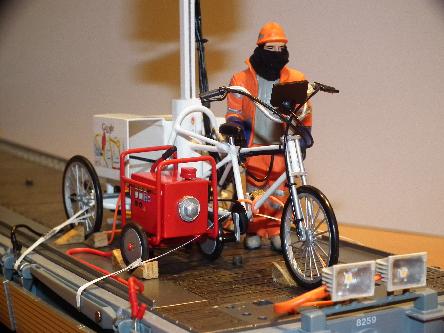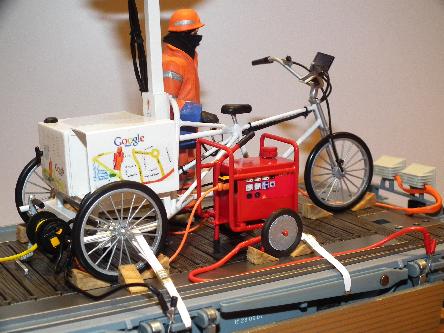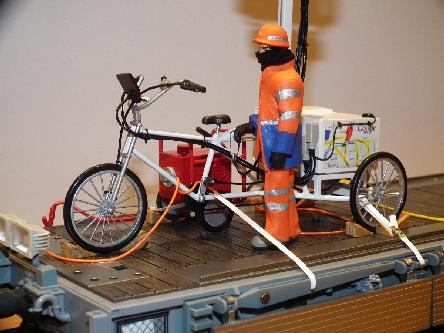Katzhagen modeling department
The Google Street View Trike - a construction report
Recordings of the Albula and Bernina line of the Rhaetian Railways for Google Street View were taken in autumn 2011 and published early in 2012. A related collection of pictures documenting this process was found at Flickr and the idea sparked to build a (more or less) functional model of Google's Street View trike.
The model is based upon nothing else but photos which are available on the net.
Google - being one of the leading companies in communications (!) - was not able to answer requests related to the trike.
Building the model was started on the 27th of December 2014 after the required materials like brass rods and tubings as well as styrene plates had been delivered:
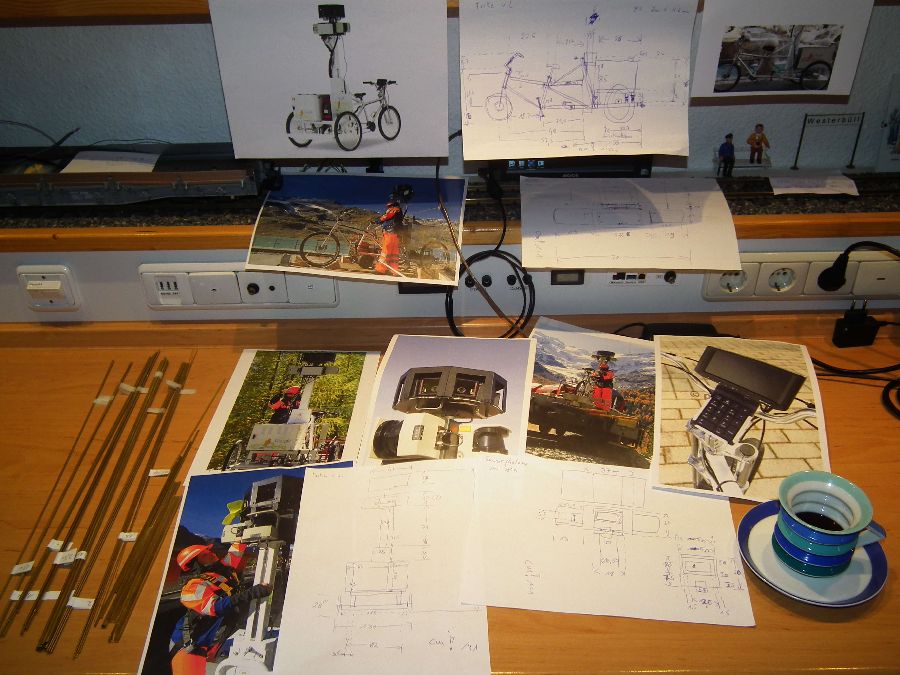
The model's dimensions were derived from the number of pixels in the photographies, using the 28" wheels as a reference.

Soldering together the frame's first parts requires some fastening...
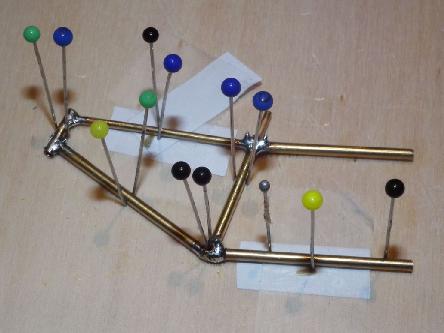
... on a wooden plate with pins and some adhesive film.
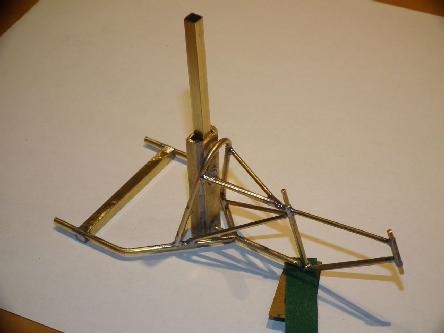
A front view of the almost done frame...
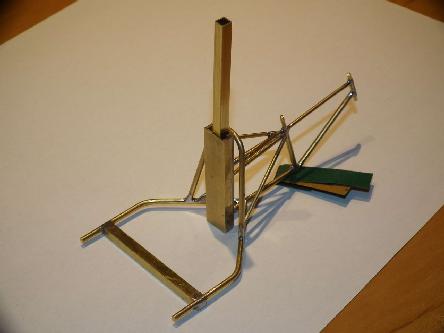
... and a rear one
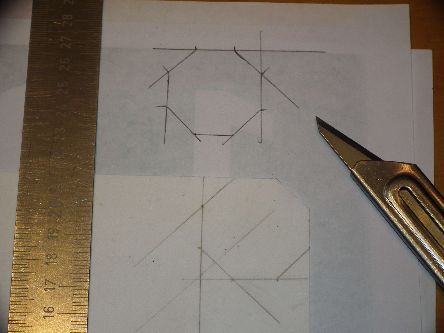
Cutting the camera housing's parts to size
Given the model was meant to be equipped with a working camera which transmits its pictures to a webserver, the model had to have a modular design for the simplification of future maintenance and repair. Disassembling it to some extent had to be easy. The design of both the camera's housing and it's fastening on the pole (see image below: 2x2mm square tubing with 2mm gear) show the related prospects.
The soldering work which was required up to this point were more or less simple compared to the things to come. The fork, pedals, spoked wheels and further parts required soldering within the scope of 1/10mm.
And further challenges were about to arise...
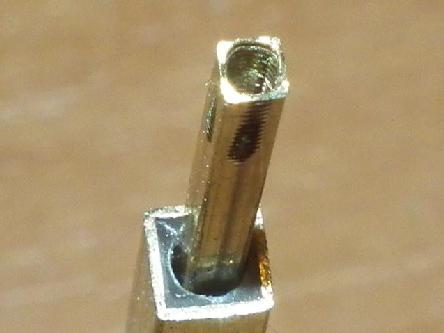
Gear inside the pole's tip for mounting the camera's housing
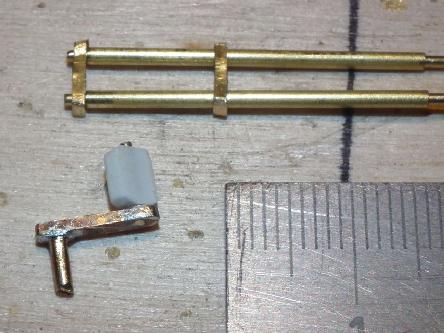
The fork consists of 8, the pedal of 4 parts
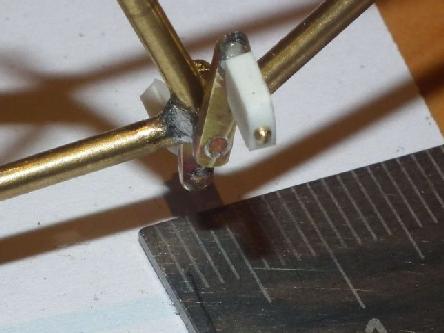
Bottom bracket and crank - indeed movable
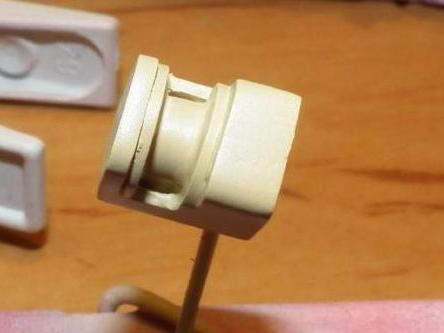
One of the distance sensors prior to detailing
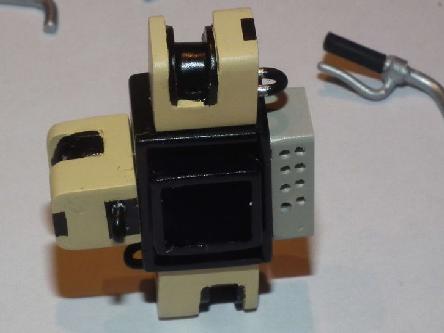
Sensor phalanx and junction box
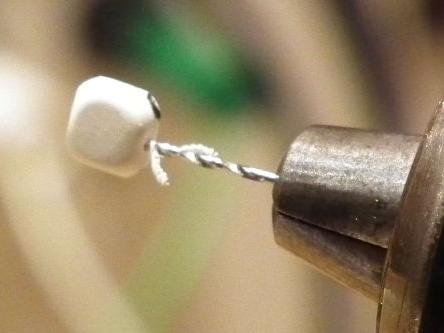
GPS Sensor gets a bore for its cable
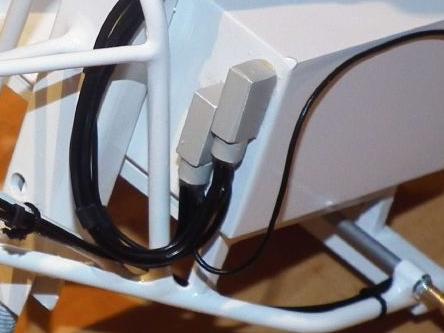
Cable inlet into the computer's compartment
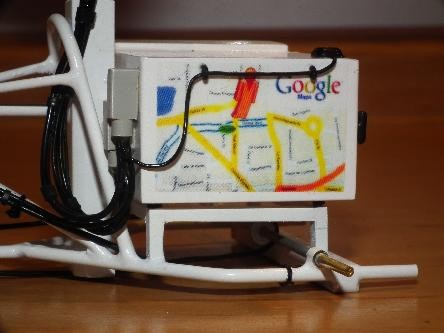
The Google Maps prints on the computer compartment...
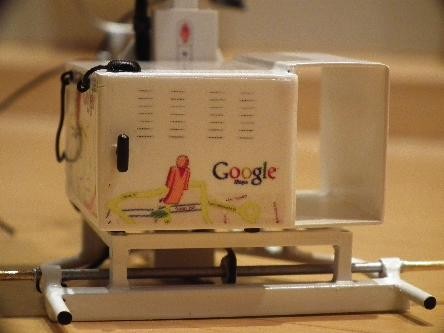
... are fictitious - Unter den Linden is definitely ...
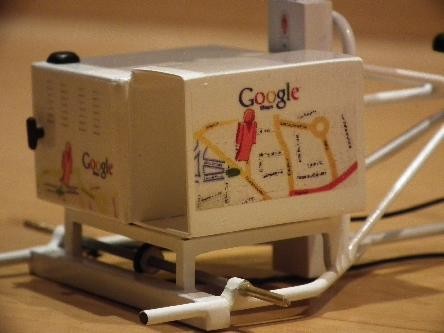
... not near Bond Street
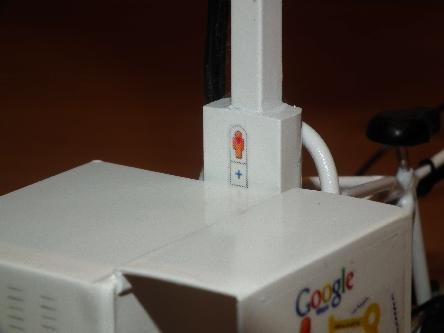
Google Maps pictograph on the trike's pole
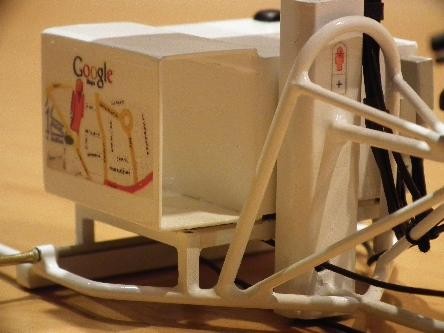
The space for the onbaord power supply remains empty...
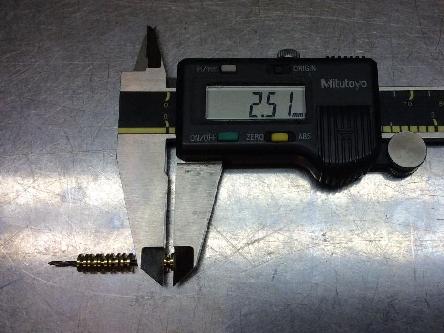
Now on to the wheels - the hubs just fell out of the lathe
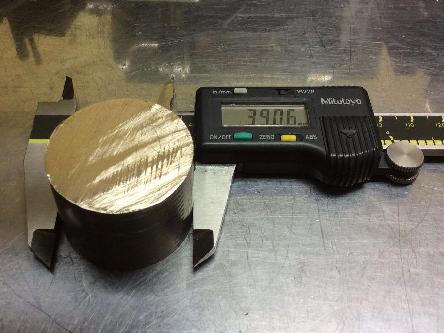
The rims will be made from this !
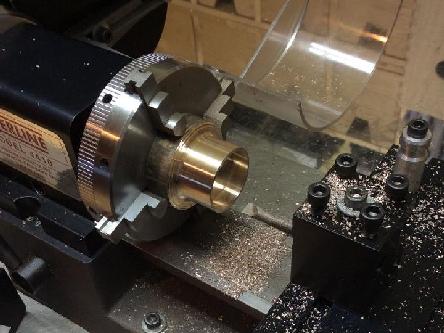
Lathe in action for the rims
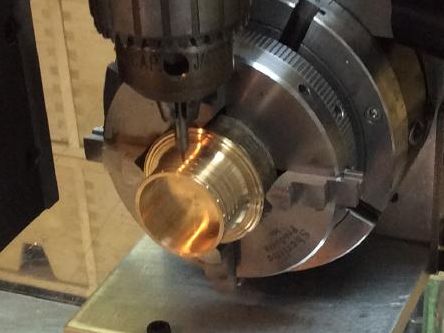
Center holes for the spokes' holes

Drilling holes into a hub for the spokes
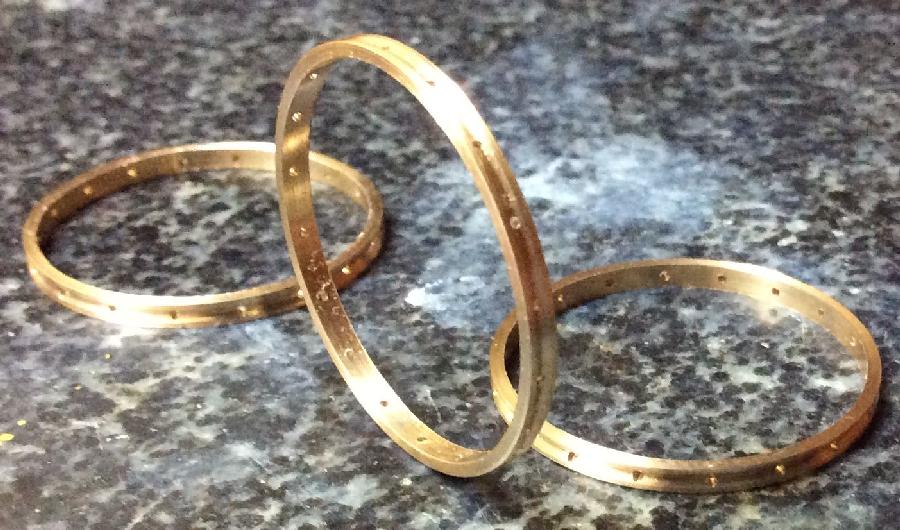
The rims are done - thanks to my dear Canadian friend Keith Yundt
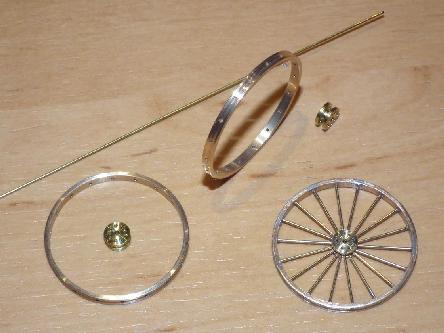
The spokes were made from 0.5mm brass rods
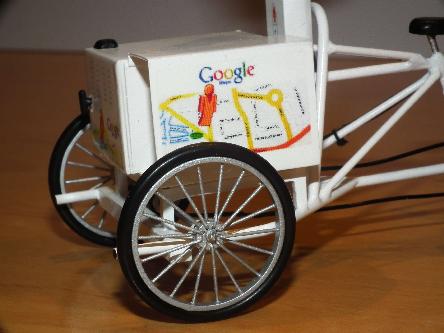
Detail view of a rear wheel - o-ring as tire
A jig for fastening a rim and a hub made for a perfect possibilty to indeed mount the hub in the rim's exact center. Soldering in the spokes was an easy exercise with this little helper.
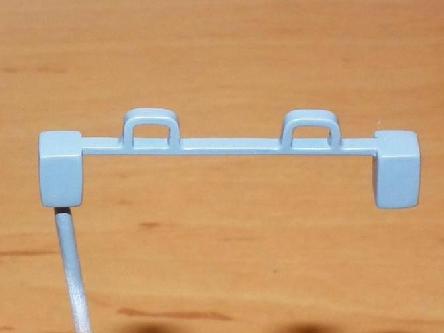
Fastening for the floodlights can be inserted into the stake holders
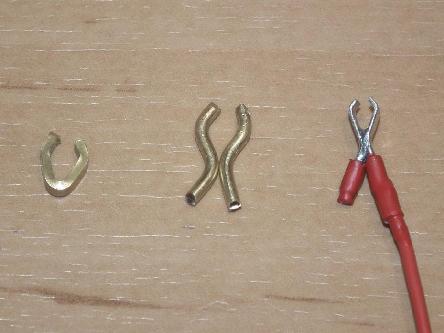
Making the grounding cables didn't work in the first place...
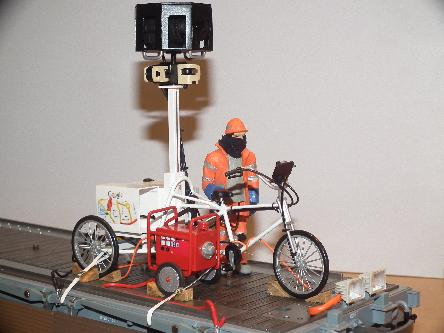
The following images show the results from different perspectives.
A friend jokingly commented on them:
"Do you have any pictures of the model then ?"
Watch test run of camera and analogue 5.8GHz transmission
In case you acquired a taste for it too,
I'll gladly make sketches and letterings
available for private purpose on request.

